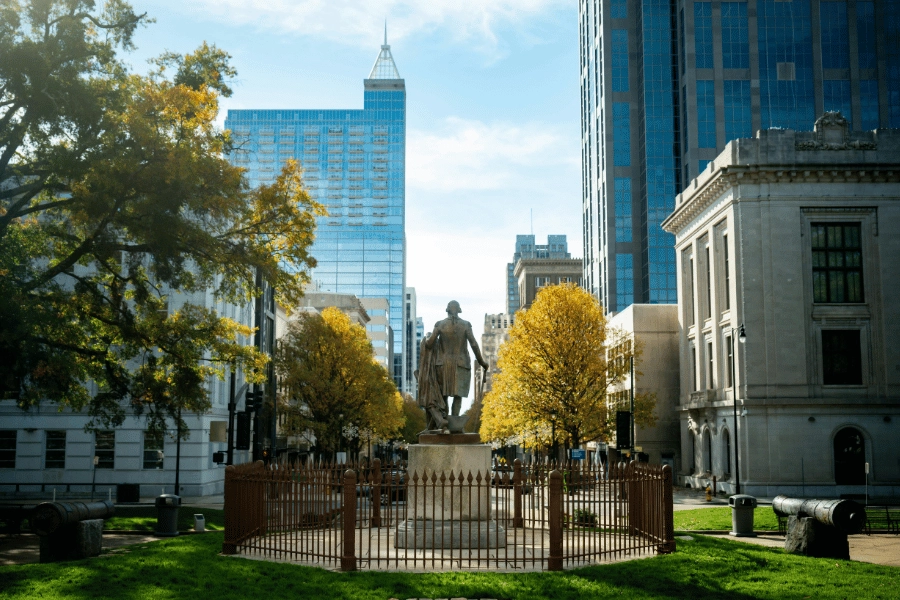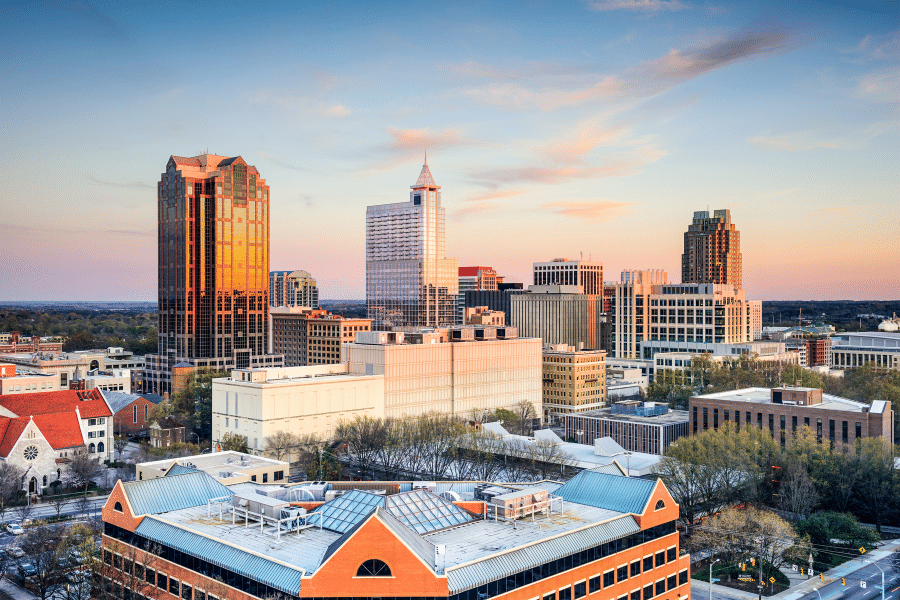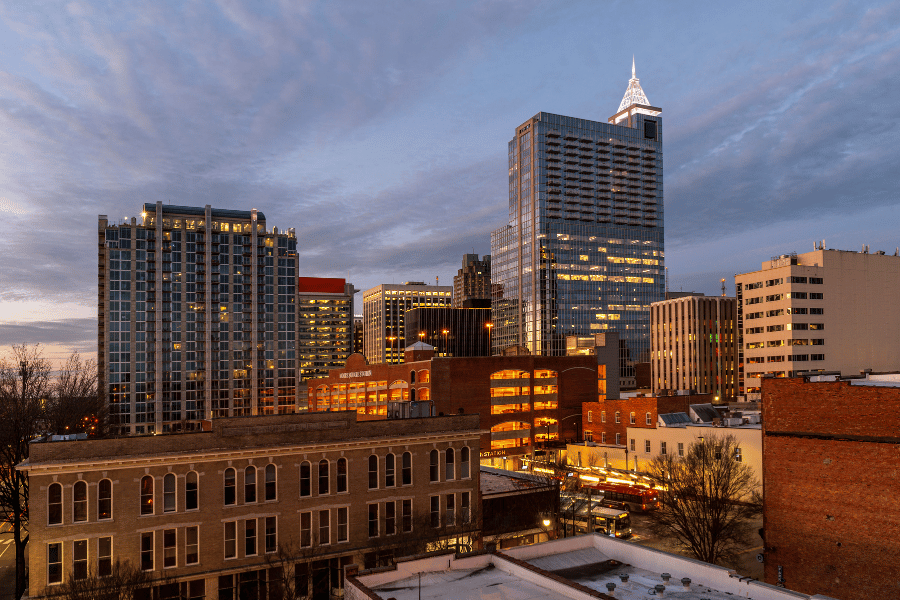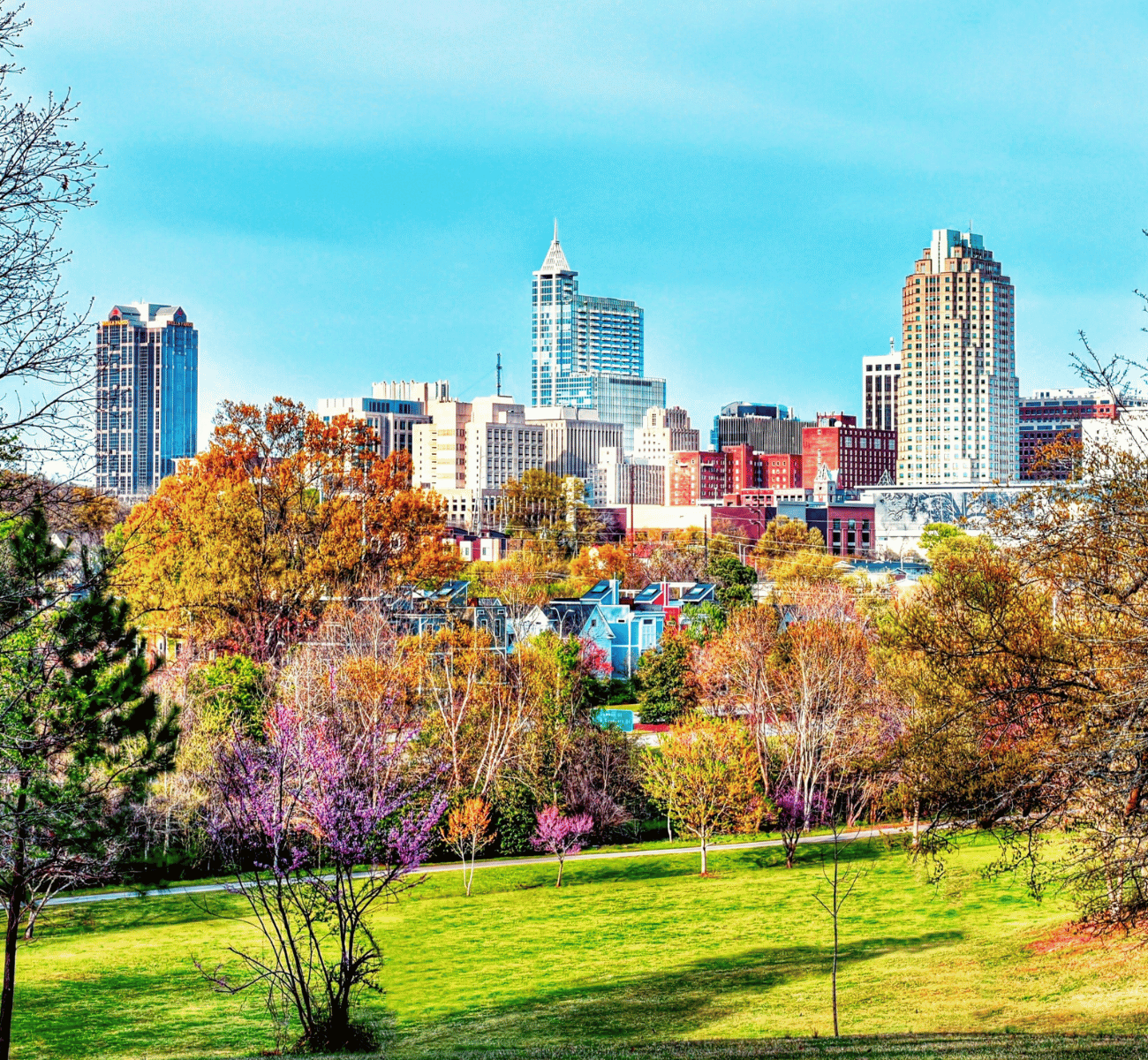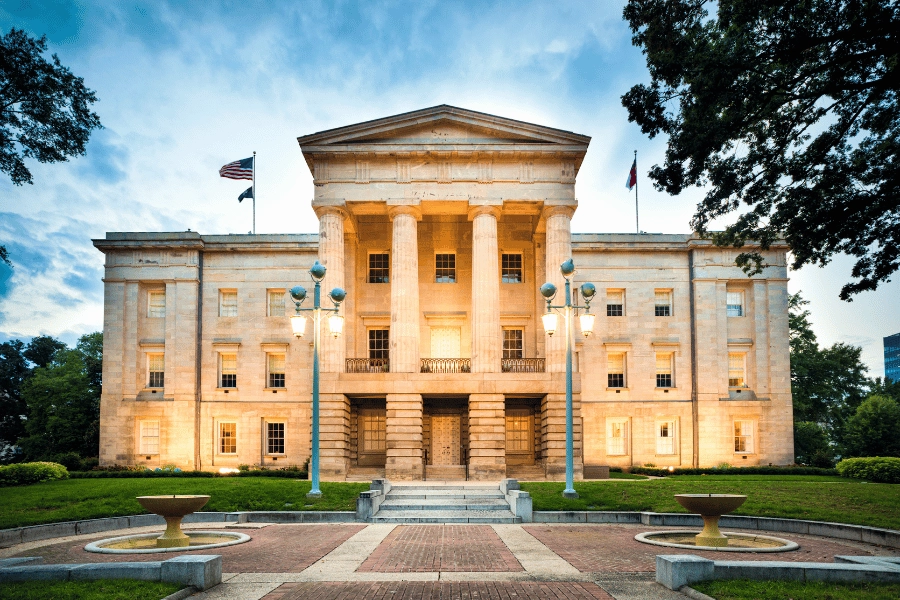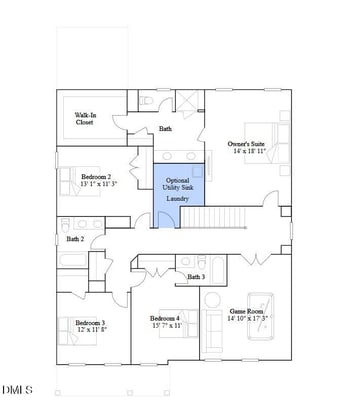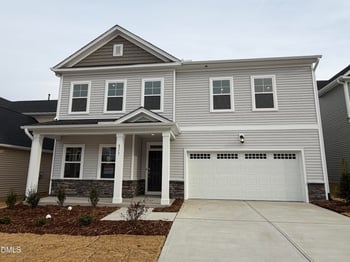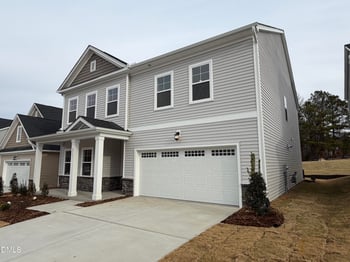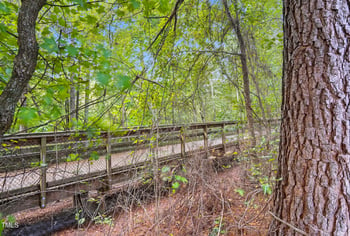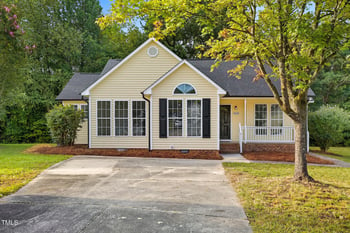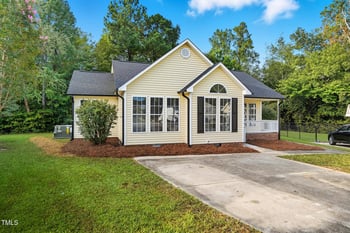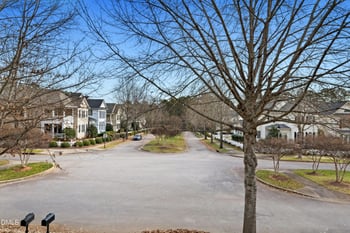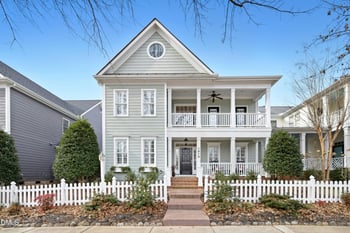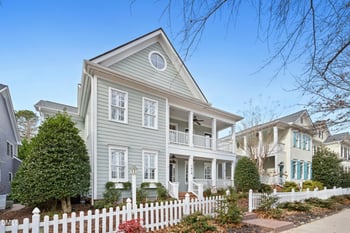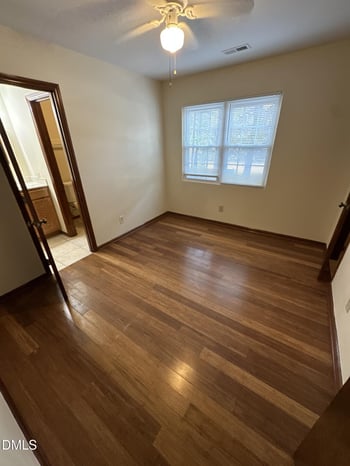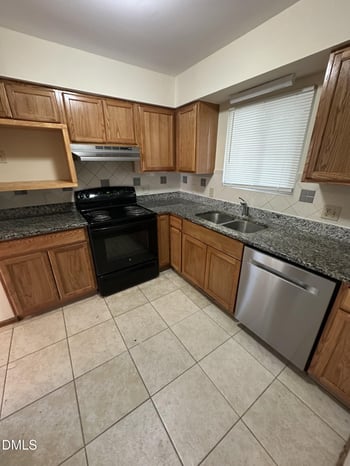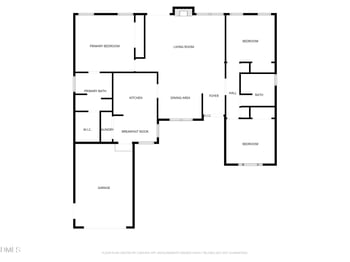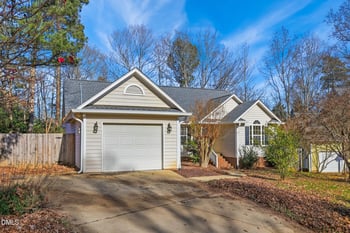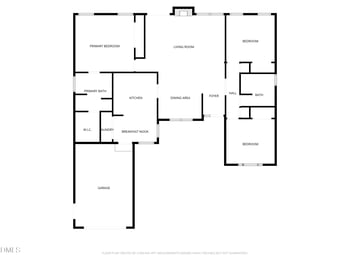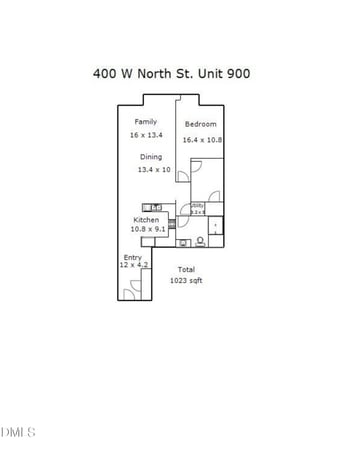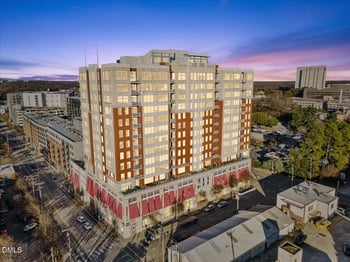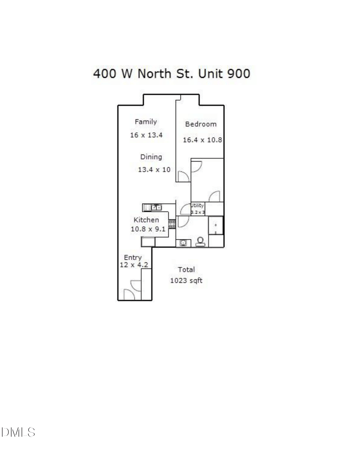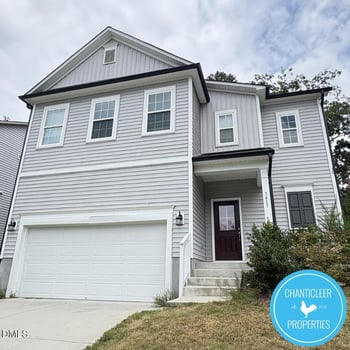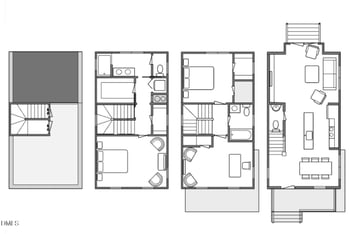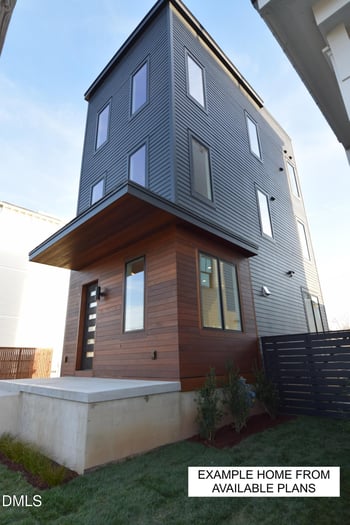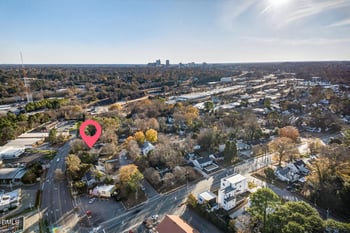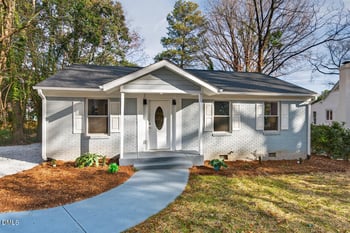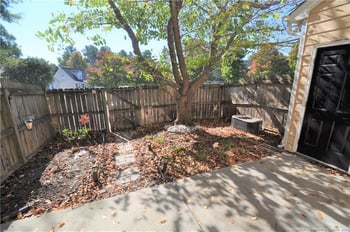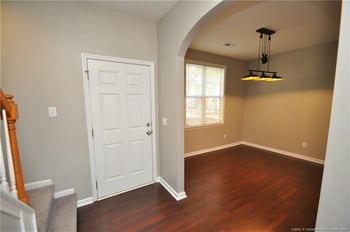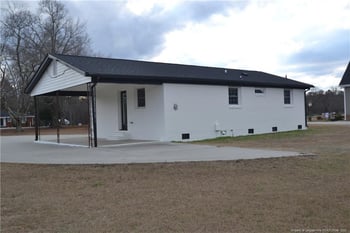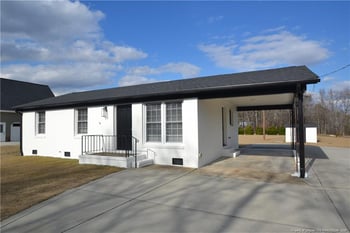Discovering Raleigh's Rich History
What is the history of Raleigh, NC? Keep reading to learn about the history of North Carolina's capital.
When considering a move to North Carolina's capital city, understanding Raleigh's fascinating past helps illuminate why this vibrant metropolis has become one of the Southeast's most desirable places to call home.
The deep-rooted history of this city goes back to when it was first established as the capital of the state. There are many landmarks, monuments, buildings, and beautiful houses all throughout the city that hold history.
Raleigh is a large city home to many historical sites, as well as many beautiful homes for sale throughout. So, if you are thinking about moving to Raleigh or near the Triangle, check out the available real estate so you can live in the heart of it all.
From its meticulously planned origins to its role in shaping American history, Raleigh offers new residents a unique blend of historical significance and modern sophistication.
Here is all you need to know about Raleigh's history.
1. Raleigh's Founding
Unlike many American cities that grew organically around ports or trading posts, Raleigh was deliberately designed as North Carolina's capital in 1792.
The city was named after Sir Walter Raleigh, the English explorer who established the ill-fated Roanoke Colony. What makes Raleigh truly unique is that it was one of the first planned capital cities in the United States, conceived specifically to serve as the seat of government rather than evolving into that role.
The city's founders chose this location because it was centrally located within the state, avoiding the coastal politics that had previously influenced capital placement. This forward-thinking approach to urban planning is evident today in Raleigh's well-organized street grid and the spacious layout that still defines much of the city center.
Once founded, Raleigh grew slowly and experienced many fatal fires until the arrival of the railroad in 1840, which helped some development, and the city limits started to expand, as well as new buildings. The Civil War brought Raleigh to the end of the economic boom.
By 1891, the new downtown was completed with a new governor's residence, as well as many colleges, such as Shaw University, Meredith College, and North Carolina State University.
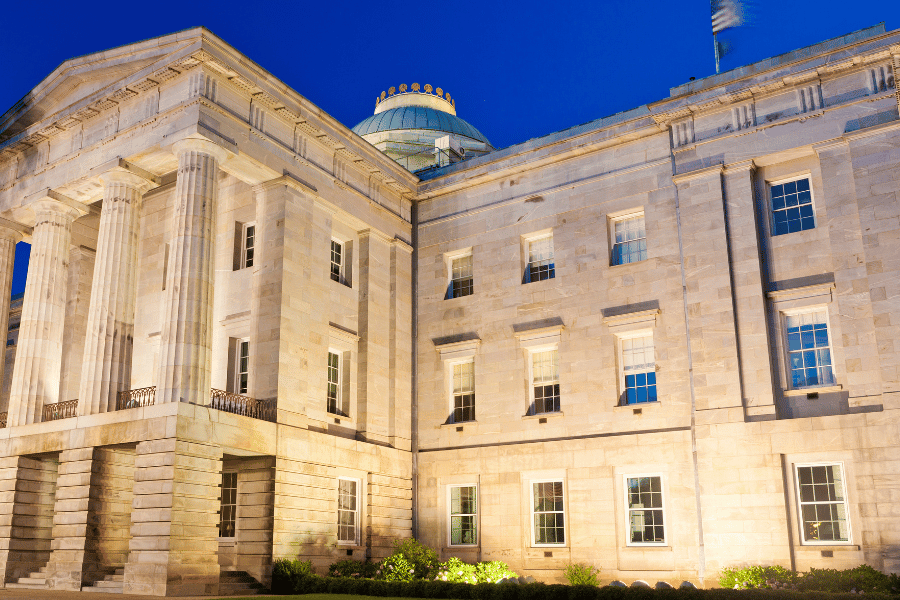
Many suburbs, trolley lines, and buildings came into the city, and in the second half of the twentieth century, the expansion of the state government and the development of Research Triangle Park brought many people and businesses to the area. This new development had the largest impact on the city.
Since the 1970s, Raleigh has experienced drastic suburban development and has continued to grow as a vibrant cultural center. Even today, Raleigh and its surrounding suburbs continuously increase in size.
2. Union Square and Fayetteville Street
Union Square (Now Nash Square and Moore Square)
Originally designed as Union Square, this central space was divided into two parks in the early 1800s. Nash Square and Moore Square served as the city's original public commons, designed in the initial city plan as green spaces for public gatherings and markets. These squares remain vital community spaces today, hosting festivals, farmers markets, and serving as peaceful retreats in the urban environment.
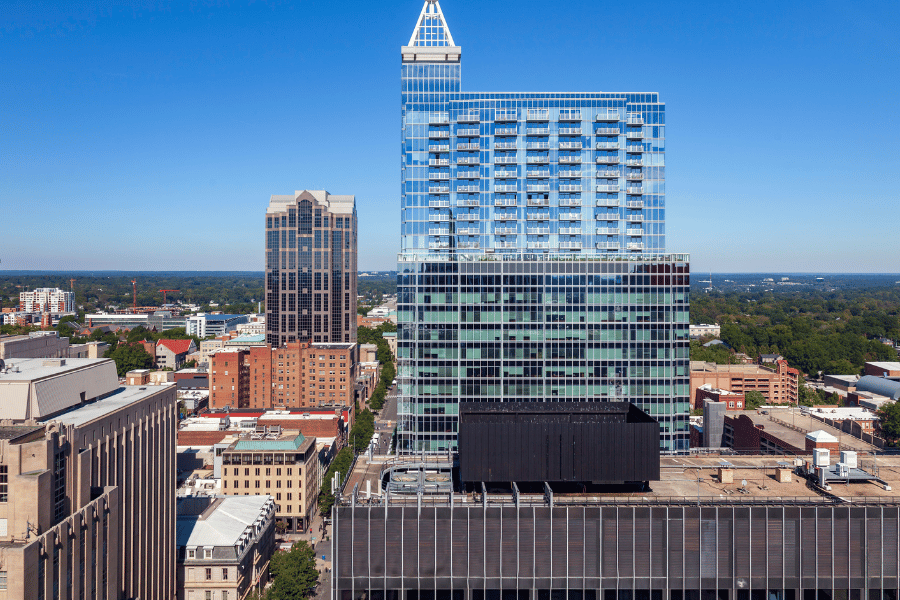
Fayetteville Street: Raleigh's Main Street
Fayetteville Street has served as Raleigh's primary commercial corridor since the city's founding. Originally designed as a grand avenue connecting the State Capitol to the planned governor's residence, it became the heart of Raleigh's business district. The street witnessed significant changes throughout the 20th century, including urban renewal efforts and the addition of a pedestrian mall in the 1970s. Today, it's been restored as a vibrant mixed-use corridor that honors its historical significance while embracing contemporary urban living.
3. Historical Districts
Oakwood Historic District
Just north of downtown, the Oakwood Historic District showcases one of the Southeast's finest collections of Victorian architecture. This neighborhood, developed primarily between 1870 and 1930, survived urban renewal efforts and today offers residents tree-lined streets filled with meticulously restored homes.
The annual Oakwood Candlelight Tour draws thousands of visitors who come to admire the architectural diversity, from Gothic Revival cottages to grand Queen Anne mansions. The Oakwood Historic District is also considered one of the most walkable neighborhoods in the city.
Mordecai Historic District
Home to the oldest house in Raleigh still on its original foundation, the Mordecai Historic District centers around the Mordecai House, built around 1785. This plantation house museum offers glimpses into both antebellum life and the complex history of slavery in the region.
The district also features the birthplace of President Andrew Johnson, moved to this location for preservation. Today, the surrounding neighborhood blends historical preservation with modern residential development.
The Village District
While newer than other historic districts, The Village District holds the distinction of being one of America's first planned shopping centers, developed in the 1940s. This neighborhood represents Raleigh's mid-20th-century growth and its embrace of suburban planning concepts that would influence development patterns throughout the region.
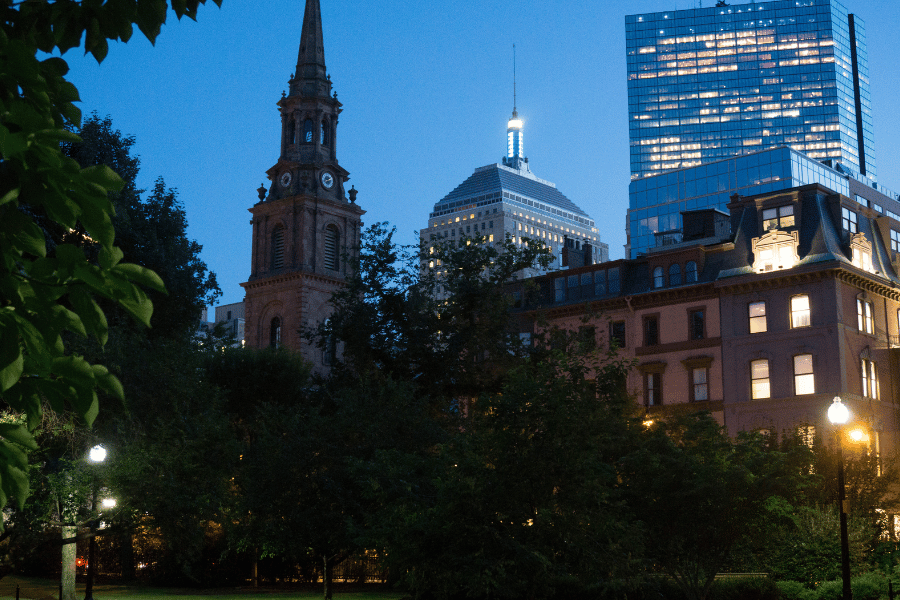
4. Historical Sites to Visit
Raleigh has many landmarks and monuments to have fun and learn simultaneously. Whether you are a history buff or looking for a fun way to spend a day in Raleigh, visiting some historical sites may be perfect.
Raleigh is full of history through monuments, homes, parks, and museums. Each of these sites is unique for its own reasons. Below are some of Raleigh's most famous historical places that you should visit.
The Mordecai House
The Mordecai House is known for its deep history and as the oldest house in Raleigh. Built in 1785, this home housed six generations of families until 1964. The state made the home a public park and destination for history tours.
Still in its original location, the home symbolizes Raleigh's commitment to local history prevention. The Mordecai family was prominent in local and state affairs. The family sold land to help expand the city of Raleigh and donated many things to establish cemeteries.
Now, the Mordecai Square Historic Park is a place you can visit Tuesday through Sunday, where you may encounter a couple of ghosts and many fun facts about the history here.
Pullen Park
Established in 1887, Pullen Park holds the remarkable distinction of being the fifth-oldest amusement park in the United States. The park began with a donation of land from Richard Stanhope Pullen and has continuously served families for generations.
Its historic carousel, dating from 1911, and the miniature train system create a nostalgic atmosphere that connects today's families with over a century of Raleigh recreation. There are many other fun opportunities and things to do throughout this park to get the entire experience.
The amusement park hours vary depending on the time of year, and there is a small ticket fee, so make sure you plan. If you are looking for a fun day out in the sun, visiting Pullen Park may be the best place for you and your family.
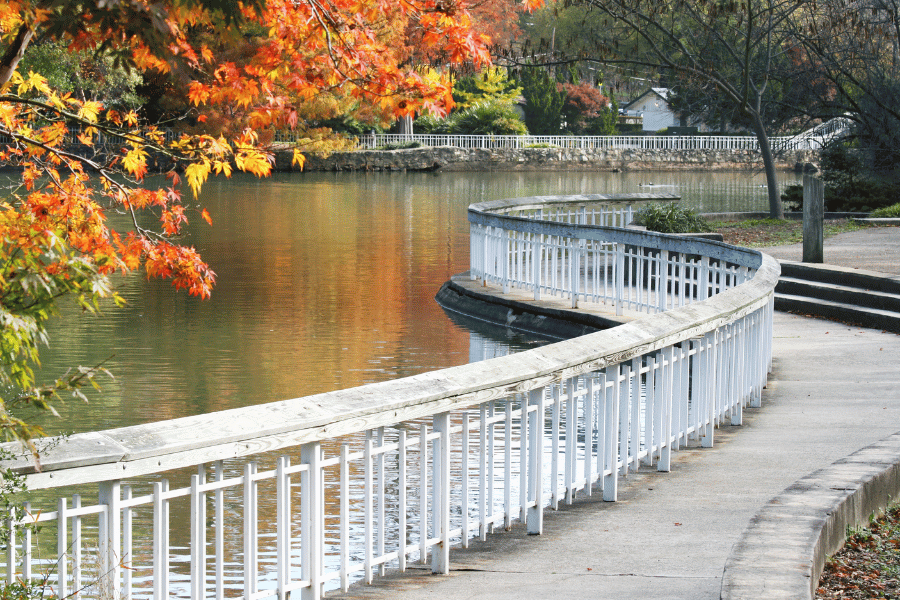
North Carolina Executive Mansion
Built in 1883, the Executive Mansion stands as one of the finest examples of Queen Anne-style architecture in the South. This 35-room mansion has housed North Carolina's governors for over 130 years and represents the state's commitment to preserving its governmental heritage. The mansion's Victorian gardens and carriage house add to its historical significance and beauty.
Thirty-one different governors have lived in this mansion, including the current governor, Josh Stein. The villa is now placed on the National Register of Historic Places. If you are searching for a unique experience to get the whole experience of the history, visit this mansion.
You can reserve a tour of this mansion, but it has to be done at least two weeks in advance because hours and times are limited. The times to visit this mansion vary each season, so if you plan a tour, you can prepare.
Joel Lane Museum House
Known as the "Father of Raleigh," Joel Lane sold the land that became North Carolina's capital city. His home, built around 1769, now serves as a museum showcasing colonial and early American life. The house played a crucial role in Raleigh's founding, as the decision to locate the capital here was made during meetings held in Lane's home.
Visit the Joel Lane Museum House today.
5. Fascinating Historical Fun Facts
Raleigh is known for many things and is a unique place to live. Here are some fun facts to know about the capital of North Carolina.
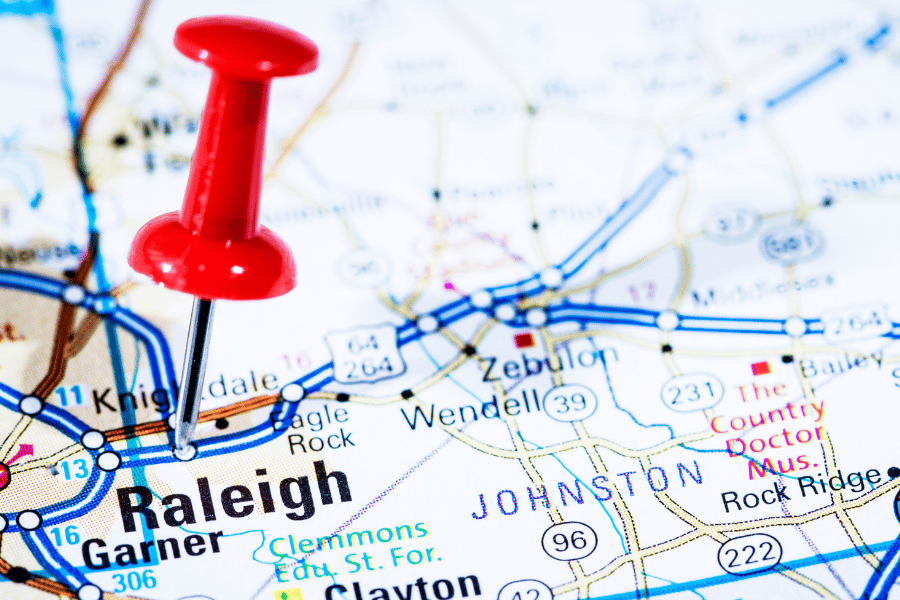
The Lost State House: Raleigh's original State House, completed in 1796, burned down in 1831. The current State Capitol, completed in 1840, was built on the same site and designed in Greek Revival style, making it one of the best-preserved examples of antebellum government architecture in the United States.
Confederate Capital for a Day: During the final days of the Civil War, Raleigh briefly served as the temporary capital of the Confederacy when Jefferson Davis fled Richmond in April 1865. This lasted only about 24 hours before Union forces occupied the city.
The Great Raleigh Fire of 1816: A devastating fire destroyed much of downtown Raleigh, including the first State House. This disaster led to new building codes and architectural changes that influenced the city's development for decades.
Trolley Car Era: From 1886 to 1933, electric trolley cars connected Raleigh's neighborhoods and surrounding communities. The trolley system helped shape residential development patterns that are still visible in the city's layout today.
The Raleigh Ring Road: What many don't realize is that the I-440 Beltline, completed in the 1960s, follows roughly the same circular pattern as the original city's planned boundaries, demonstrating how the founders' vision continues to influence modern development.
6. Educational Legacy
Raleigh's commitment to education runs deep in its history. The city is home to North Carolina State University, founded in 1887 as a land-grant institution. Shaw University, established in 1865, was one of the first historically black colleges in the South and played a crucial role in African American education during Reconstruction and beyond.
This educational foundation has evolved into today's renowned Research Triangle, making Raleigh a center for innovation and learning. Many young professionals are moving to the area due to its educational and job opportunities.
7. Why History Matters for New Residents
Understanding Raleigh's history helps new residents appreciate the thoughtful planning and community values that continue to shape the city today. The preservation of historic districts, the maintenance of green spaces like the original squares, and the balance between growth and heritage reflect a community that values both progress and tradition.
The city's planned origins mean that even rapid modern growth follows logical patterns, creating neighborhoods that blend seamlessly with historical areas. For families considering a move to Raleigh, this historical foundation provides stability and character that enhances the quality of life while supporting property values.
Raleigh has been ranked as the #1 best city for quality of life in the United States and the second-best city for quality of life worldwide. Raleigh has a growing population and is currently growing at a rate of 1.16% annually.
Even though this city is rapidly growing and is considerable today, one of the best parts about Raleigh is that it still has a small-town feel. Raleigh is where you will have a sense of community and comfort.
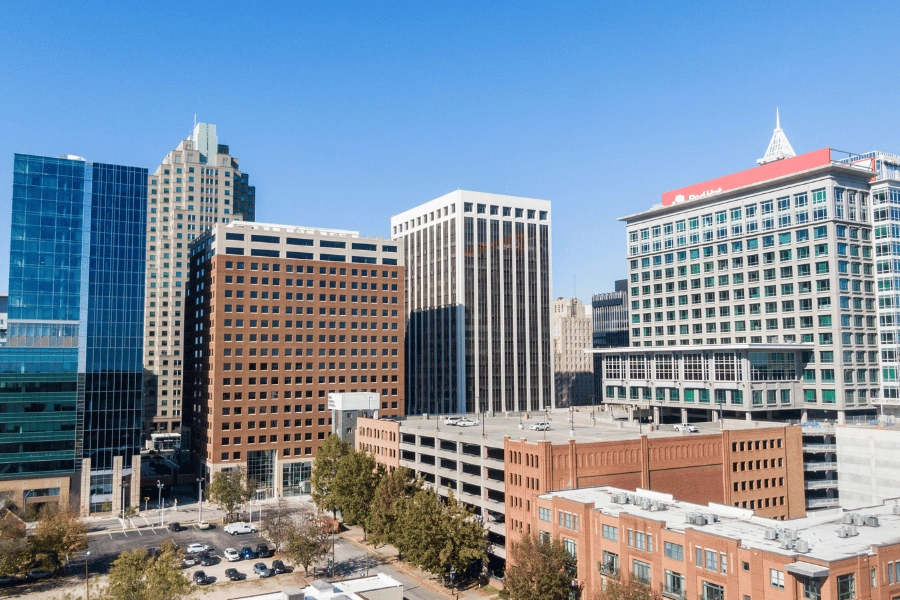
FAQs
What is Raleigh known for?
Raleigh is known for many things, like the "Smithsonian of the South, "City of Oaks," "The Triangle," and the "Like Music Capital of the South."
What city served as the capital before Raleigh?
From 1789 to 1794, the state capital was Fayetteville, while Raleigh was being built. Raleigh was then chosen as the site of the new capital in 1788, as its central location protected it from attacks from the coast.
Who founded the city of Raleigh?
Since Joel Lane is called the "Father of Raleigh," he holds the name of the city's founder in the 18th century.
Living in Historic Raleigh Today
Modern Raleigh residents can enjoy the best of both worlds: the charm and character of historic neighborhoods with contemporary amenities and opportunities. Historic districts offer unique housing options, from restored Victorian homes to thoughtfully designed new construction that complements existing architecture.
Whether you are walking the tree-lined streets of Oakwood, enjoying a picnic in Nash Square, or exploring the museums that preserve Raleigh's story, the city's rich history provides a foundation for creating new memories and building community connections that will last for generations.
At Raleigh Realty, we understand that choosing a home means choosing a community and its history. Raleigh's remarkable past, combined with its dynamic present and promising future, makes it an exceptional place to establish roots and become part of an ongoing historical legacy.
Are you ready to call Raleigh home? Contact the experts at Raleigh Realty to find your dream home in this historical North Carolina city.
